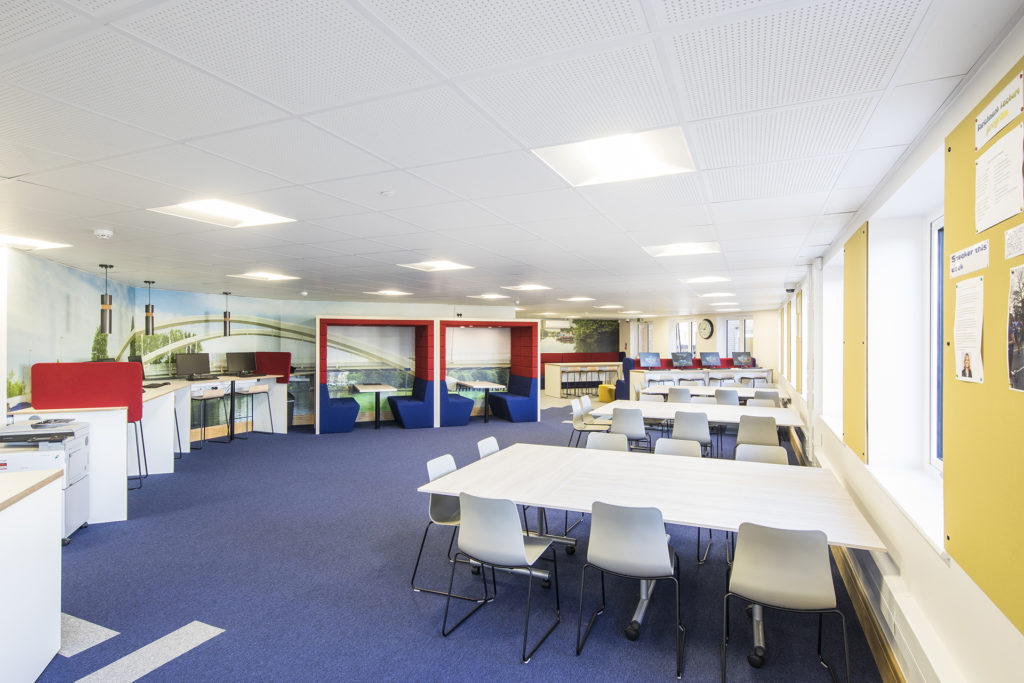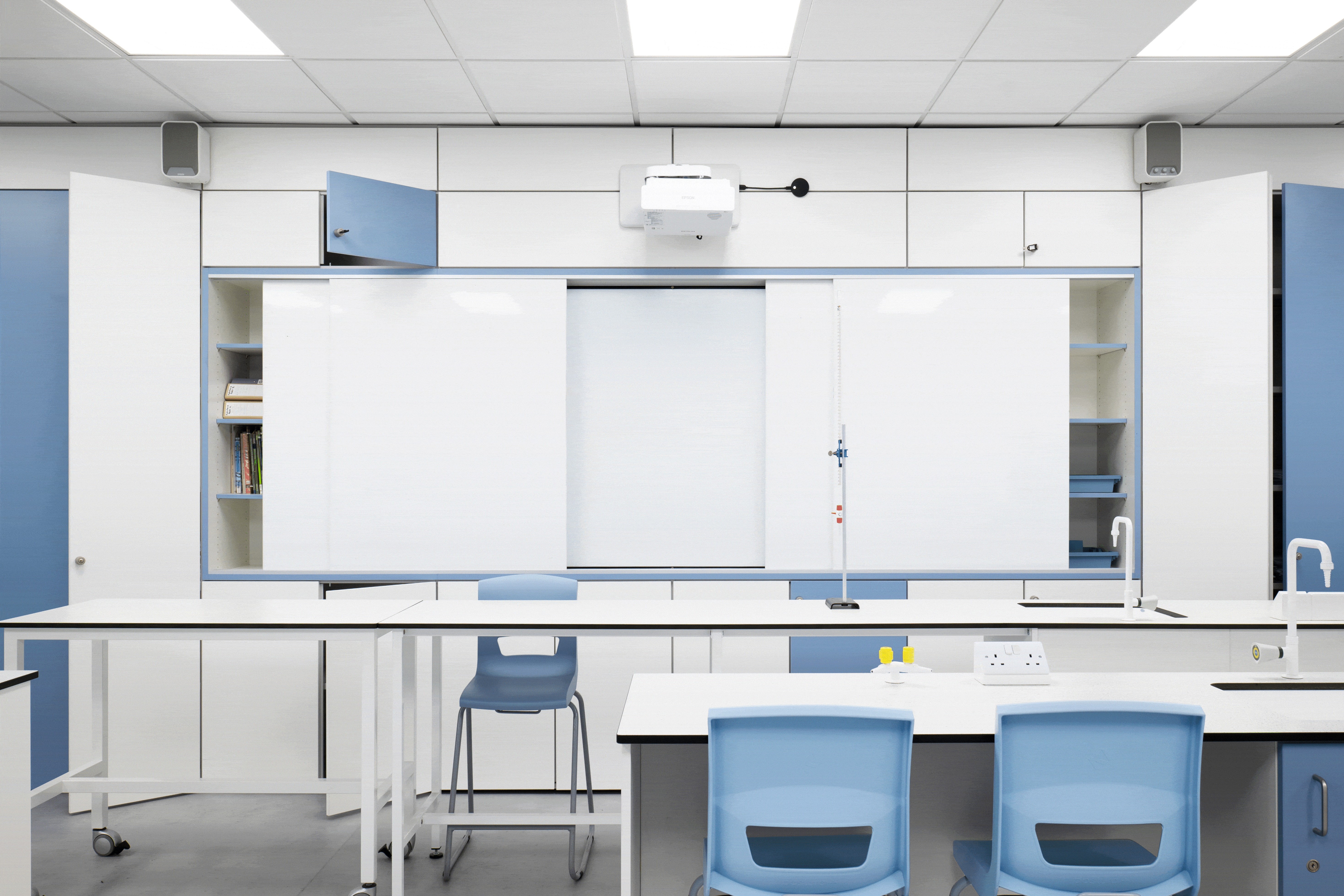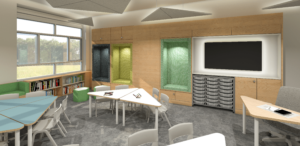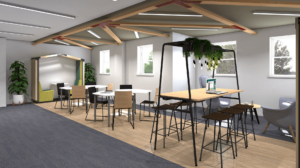[vc_row row_type=”row” type=”full_width” text_align=”left” css_animation=””][vc_column][vc_column_text]
Following the introduction of the new Ofsted framework, schools are desperately seeking to discover how they can successfully implement and deliver a ‘broad and balanced’ curriculum.
[/vc_column_text][vc_empty_space][/vc_column][/vc_row][vc_row row_type=”row” type=”full_width” text_align=”left” css_animation=””][vc_column][vc_column_text]Whilst school subject leaders and teachers are attempting to get their heads around how this will impact pupil’s learning, it’s worth considering how the school environment can ensure that the updates to the curriculum are allowed to flourish. If managed correctly, the school setting should play a key role in the introduction of a broad and balanced curriculum, promoting and facilitating an exciting new direction for all those involved in delivering fulfilling lessons and activities.
With the focus on expanding subject knowledge and experiences in all areas of the curriculum, the biggest focus for schools should be providing dedicated spaces within the school building for all subjects, making sure each separate facet of the curriculum is catered for. The old Ofsted framework placed a huge emphasis on literacy and numeracy, and whilst this is obviously still important, the objective is to move towards a more inclusive program of study, and the learning facilities should reflect this.[/vc_column_text][/vc_column][/vc_row][vc_row row_type=”row” type=”full_width” text_align=”left” css_animation=””][vc_column width=”1/2″][vc_column_text]Dedicated Learning Spaces
Even the simplest of furniture items can provide solutions for creating a more creative environment. A move away from formal seating in rows should be encouraged, children should be allowed the opportunity for interaction and collaboration. Trapezium tables are an excellent option for flexible classrooms, as they can be converted from straight lines to a united hexagonal formation, in an instant.
In a primary classroom, where all subjects are taught in one space, it is important to be able to distinguish separate subject areas and create zones. This can be done through distinct flooring, varying the use of lighting and employing a variety of specifically chosen furniture.[/vc_column_text][/vc_column][vc_column width=”1/2″][vc_single_image image=”21415″ img_size=”large” qode_css_animation=””][/vc_column][/vc_row][vc_row row_type=”row” type=”full_width” text_align=”left” css_animation=””][vc_column width=”1/2″][vc_single_image image=”21416″ img_size=”large” qode_css_animation=””][/vc_column][vc_column width=”1/2″][vc_column_text]Use Resources as Display Opportunities
Space is very often at a premium in schools, so it is important to make sure that everything is done to maximise the efficiency of the environment. Don’t be tempted to hide unused resources away in cupboards, have them out on display and encourage meaningful interaction. The introduction of a broader curriculum may call for an increase in everyday resources, so ensuring materials are organised and available at short notice is crucial to all involved. Carefully decide what will be needed for a specific topic or unit of work, and allow the pupils easy access to the things they might need, enhancing independence and objectivity.[/vc_column_text][/vc_column][/vc_row][vc_row row_type=”row” type=”full_width” text_align=”left” css_animation=””][vc_column width=”1/2″][vc_column_text]Audit the Space
It is always useful to take stock of how particular areas are used within a school. Spending time observing staff and pupil interaction with a space can lead to some interesting discoveries. If a space is being misused or under utilised, don’t be afraid to reassign it. The introduction of a new curriculum is the perfect opportunity to set up new creative zones, such as designated music rehearsal areas or the facilities for baking and cooking.
When undertaking an audit of space, ask if each area of the school is effectively promoting its learning intention and outcome. The curriculum should have a subtle yet clear presence on each area, setting the tone for the work that takes place in each individual environment. A newcomer to the school should instinctively know how each individual space is used.[/vc_column_text][/vc_column][vc_column width=”1/2″][vc_single_image image=”21417″ img_size=”large” qode_css_animation=””][/vc_column][/vc_row][vc_row row_type=”row” type=”full_width” text_align=”left” css_animation=””][vc_column width=”1/2″][vc_single_image image=”21331″ img_size=”large” qode_css_animation=””][/vc_column][vc_column width=”1/2″][vc_column_text]Teacher Interaction – No one is more in-tune with the requirements for a classroom than those who use them the most. Teachers have an innate ability to understand the needs of their pupils and evidence-based design should lean heavily on these experiences.[/vc_column_text][/vc_column][/vc_row][vc_row row_type=”row” type=”full_width” text_align=”left” css_animation=””][vc_column width=”1/2″][vc_column_text]Communication is Key
In order for any change to be truly effective, a consistent message should be communicated to all stakeholders. Parents, governors, staff and pupils should be aware of the reasons behind any curriculum alterations. Clearly communicating this message not only makes everyone aware of the reasons for the changes, but it fosters a sense of belonging and ownership, creating an inspirational school environment that everyone is proud to be a part of.[/vc_column_text][/vc_column][vc_column width=”1/2″][vc_single_image image=”21332″ img_size=”large” qode_css_animation=””][/vc_column][/vc_row][vc_row row_type=”row” type=”full_width” text_align=”left” css_animation=””][vc_column][action type=”normal” show_button=”no”]
Considering updating your learning environment? Envoplan can help you to create an environment that helps promote a broad and balanced curriculum.
Contact us on +44 (0) 20 8997 9656 or [email protected][/action][/vc_column][/vc_row]



